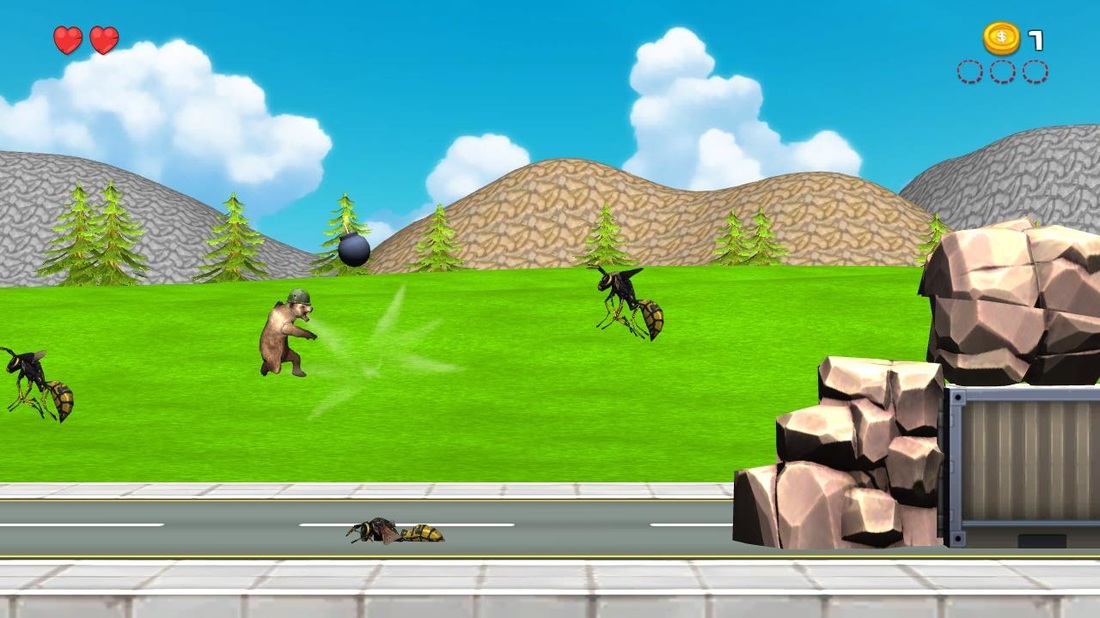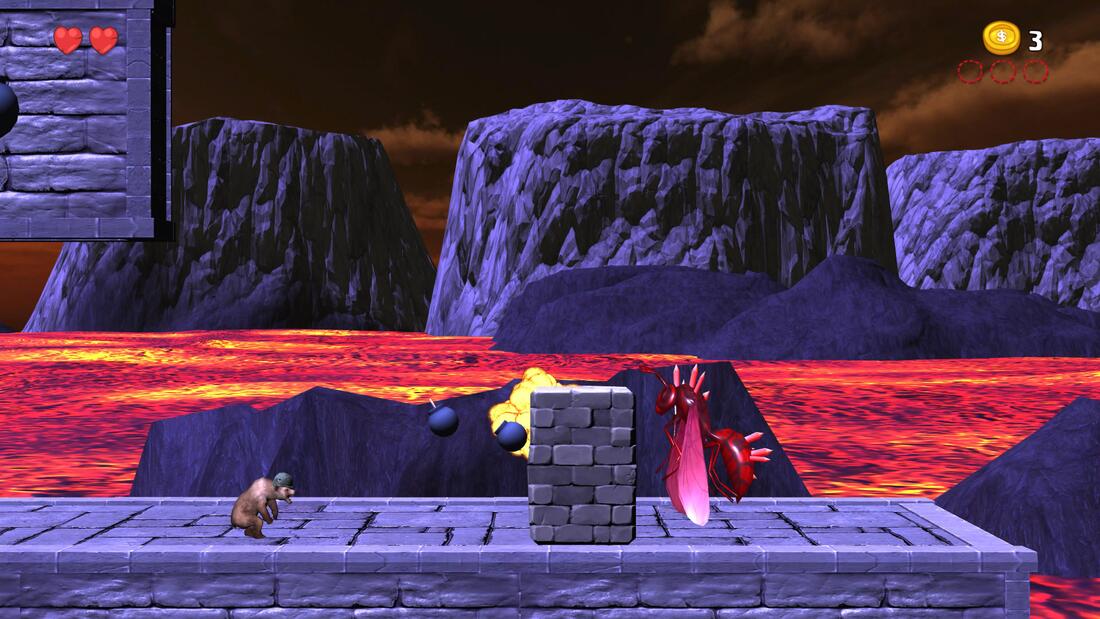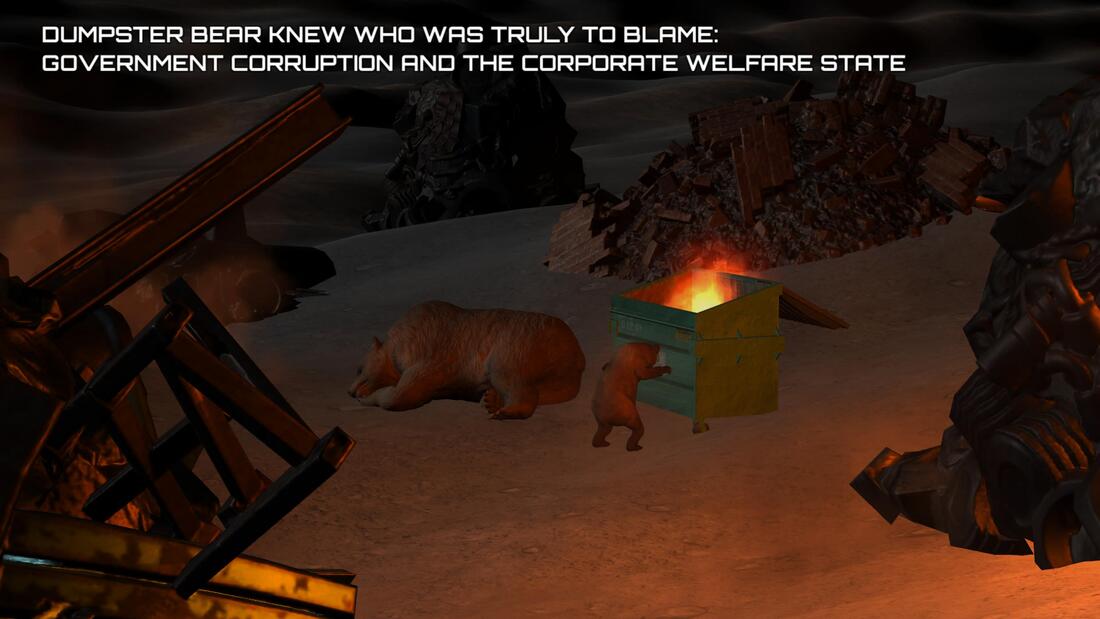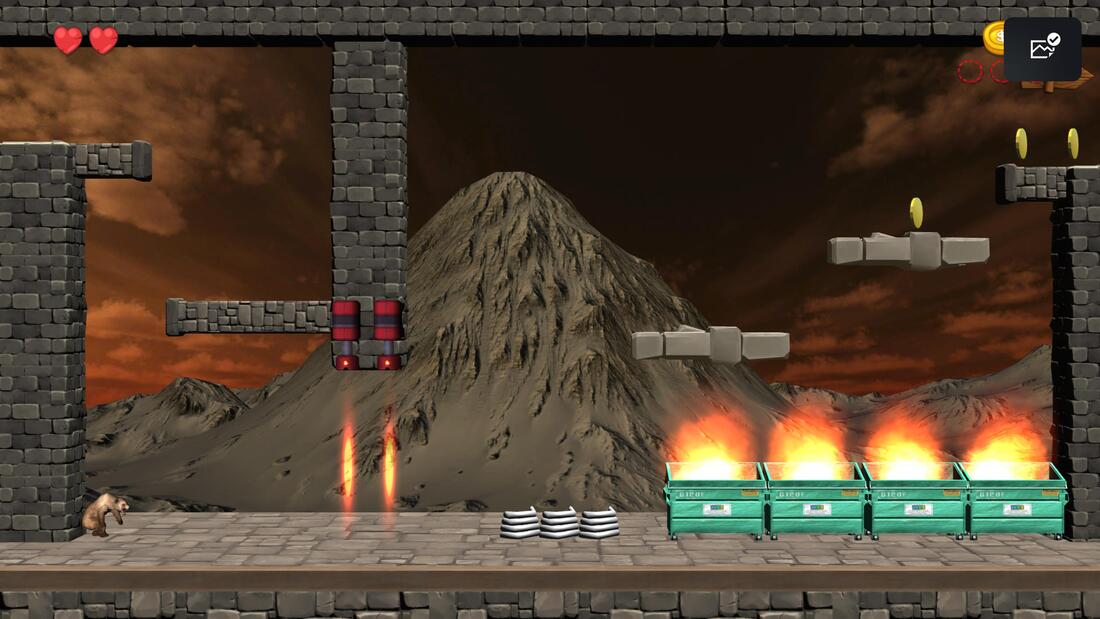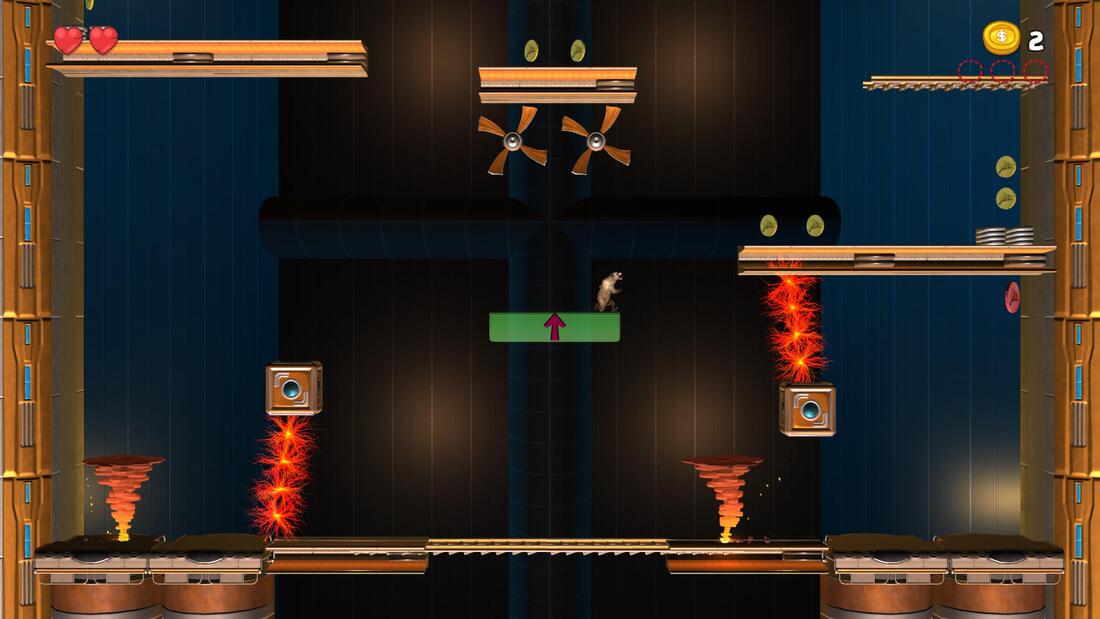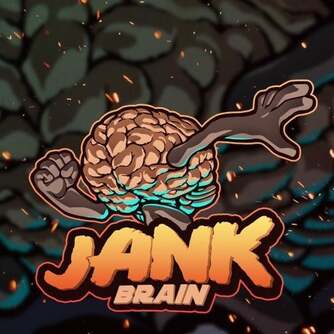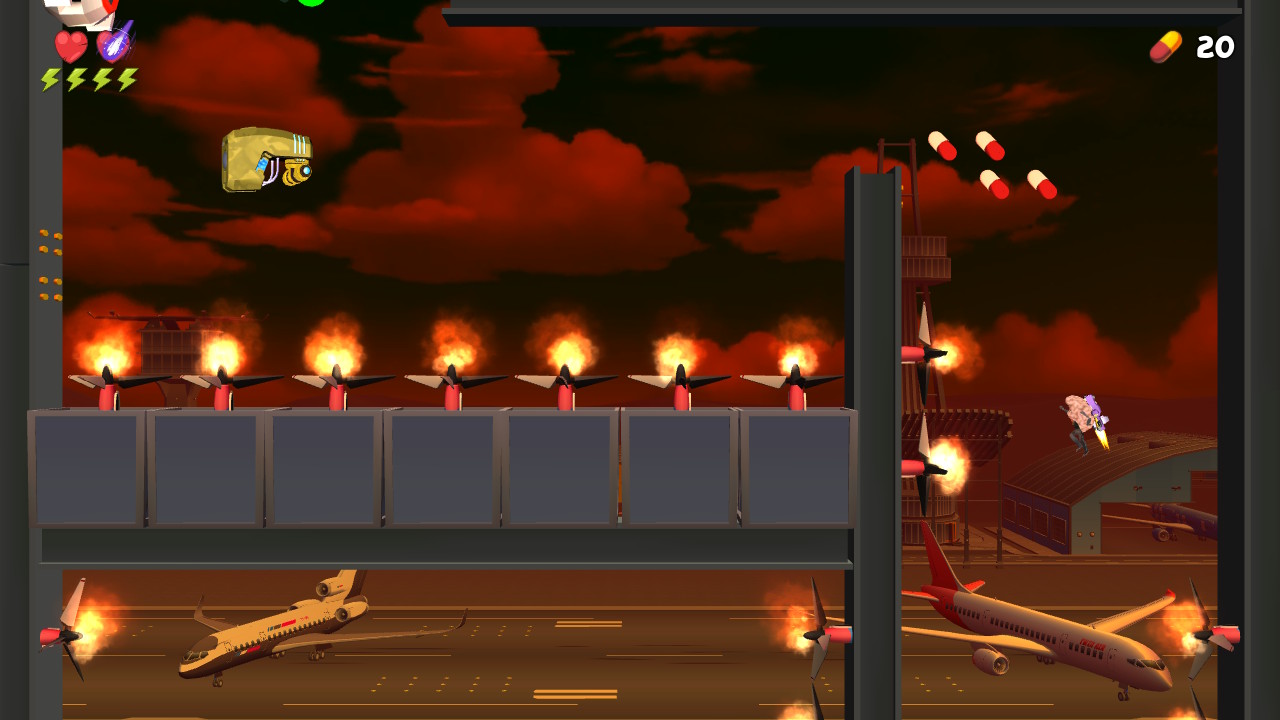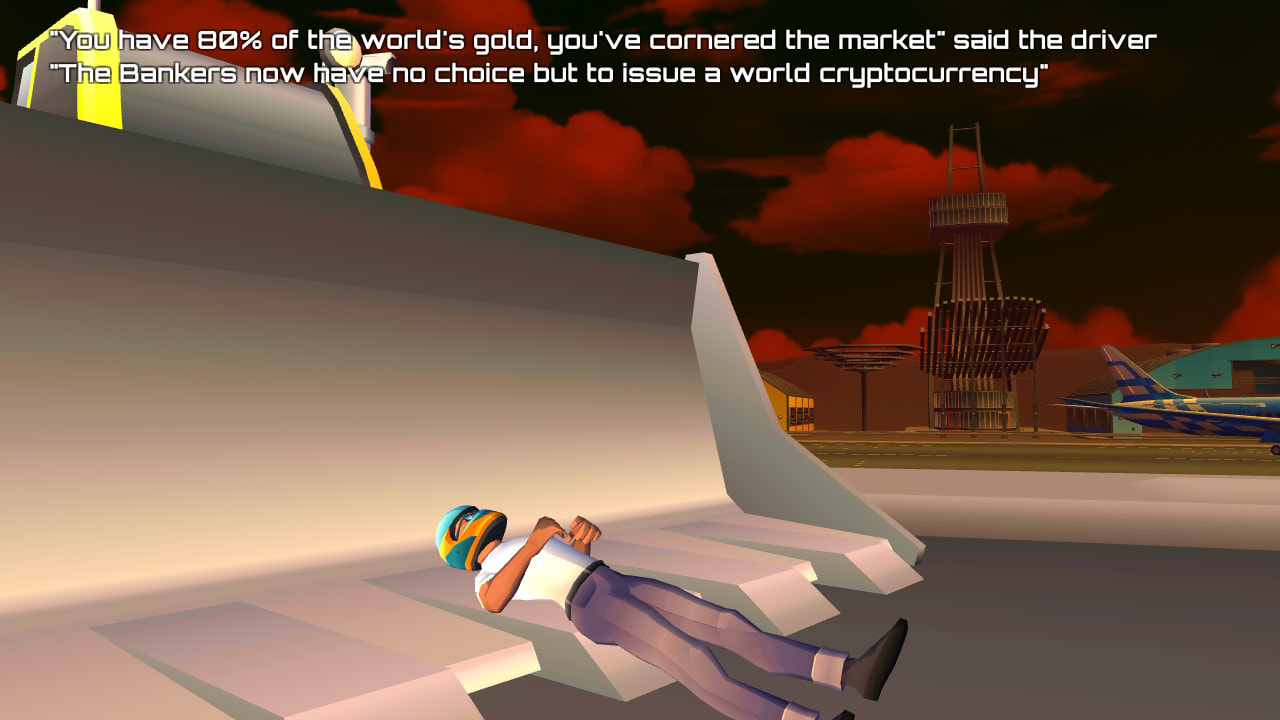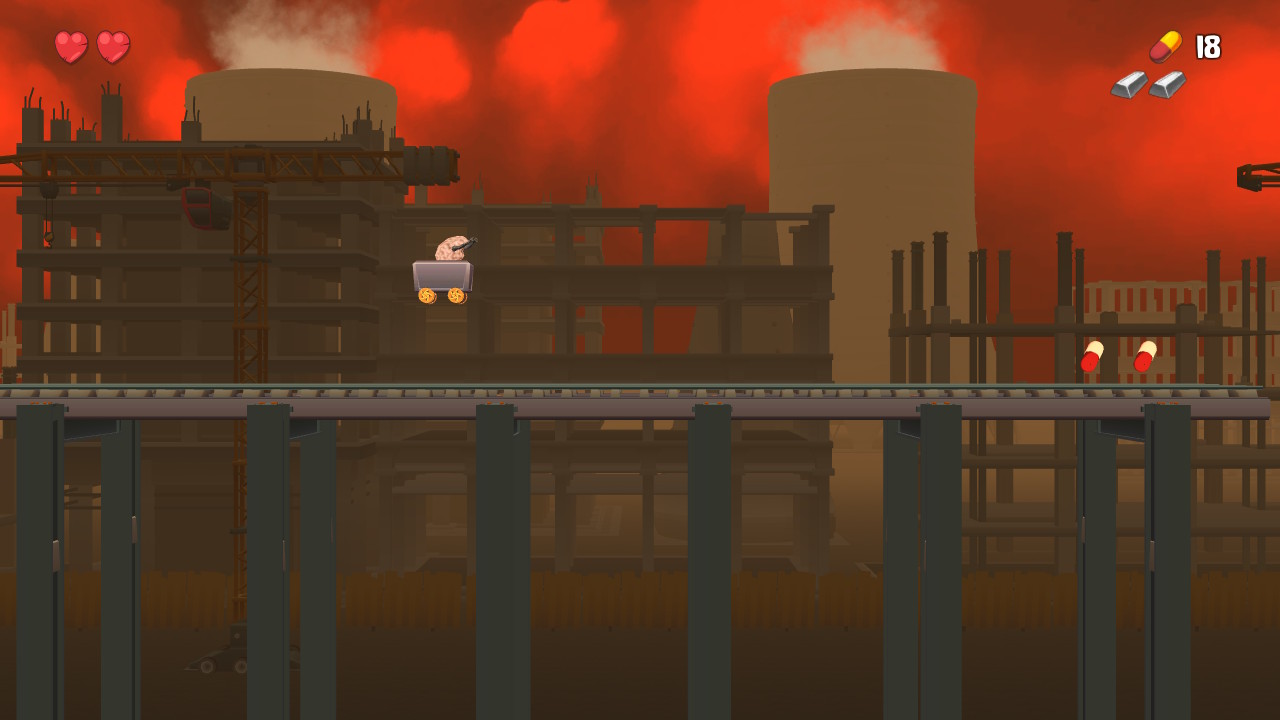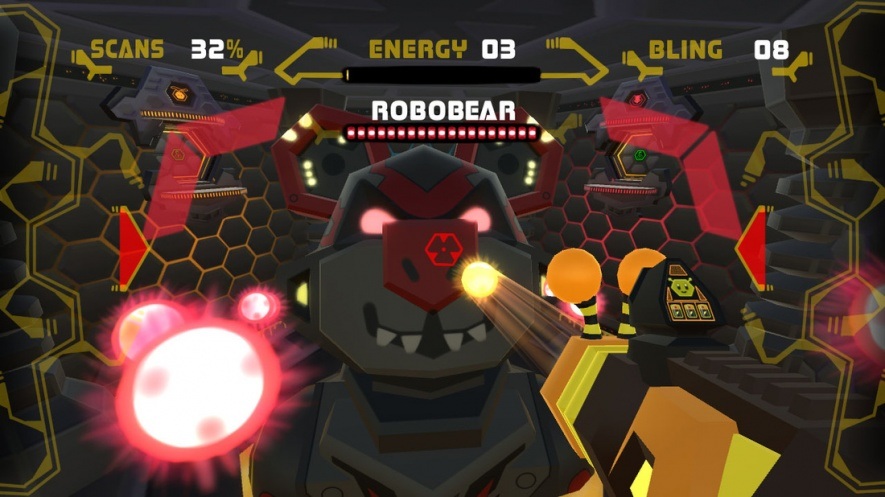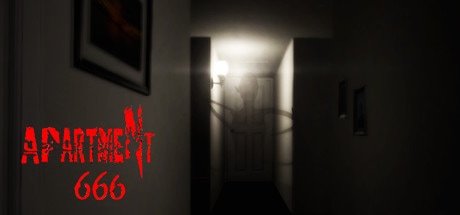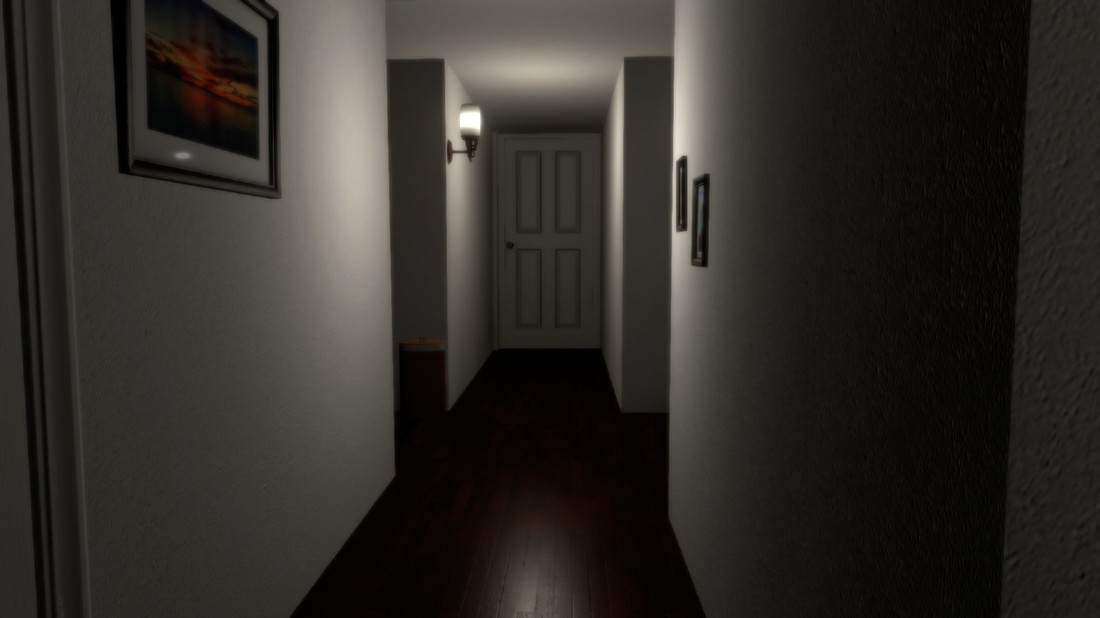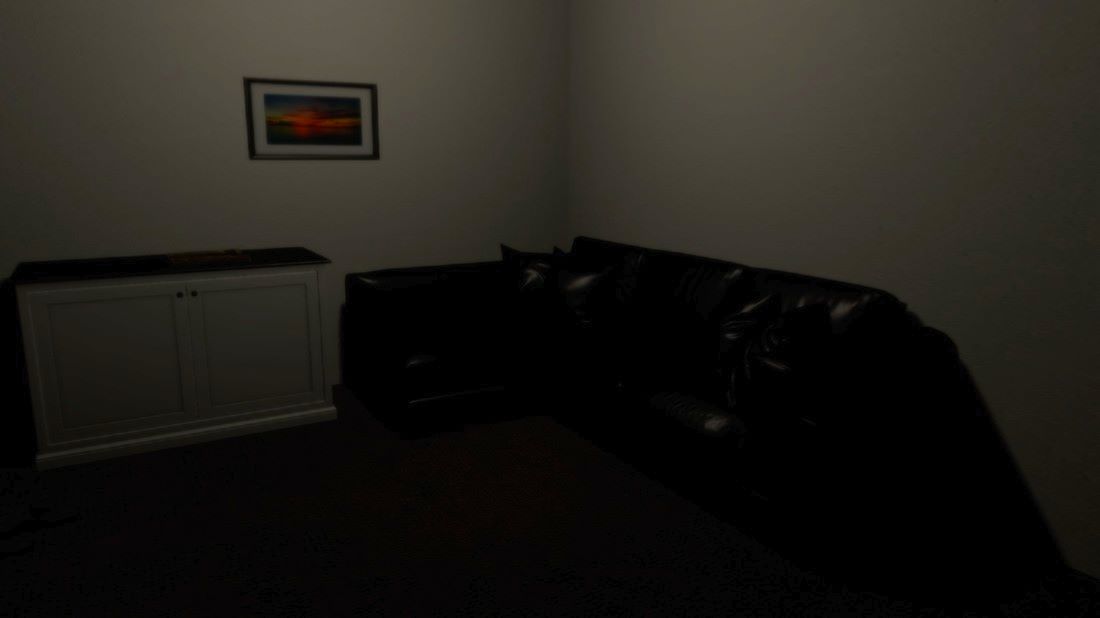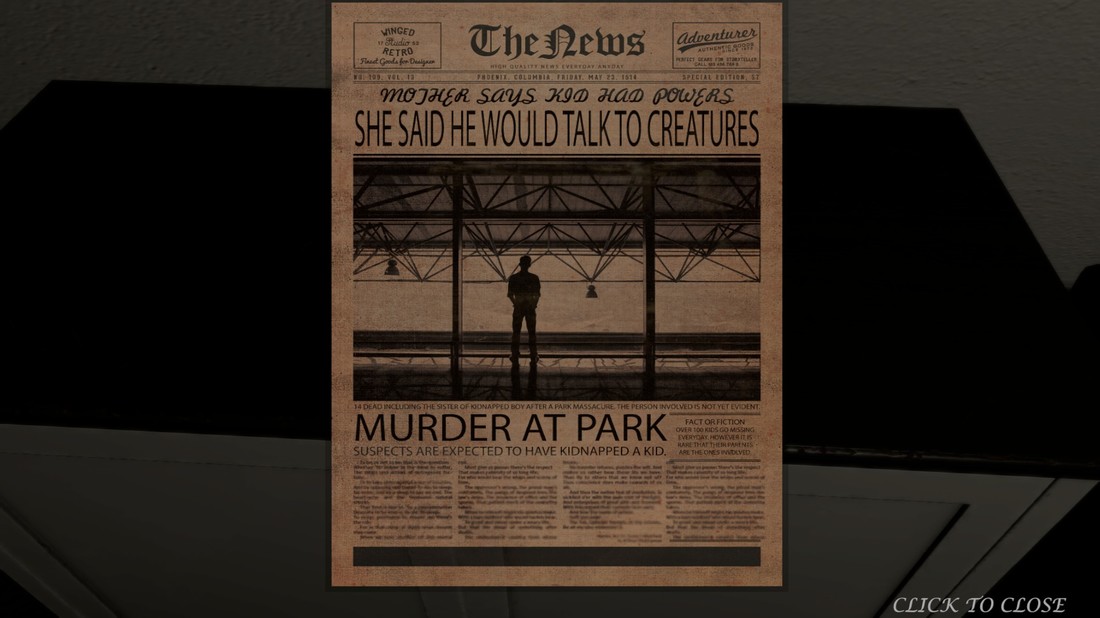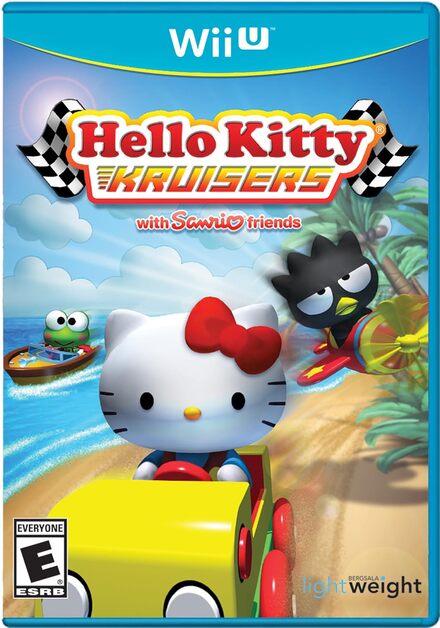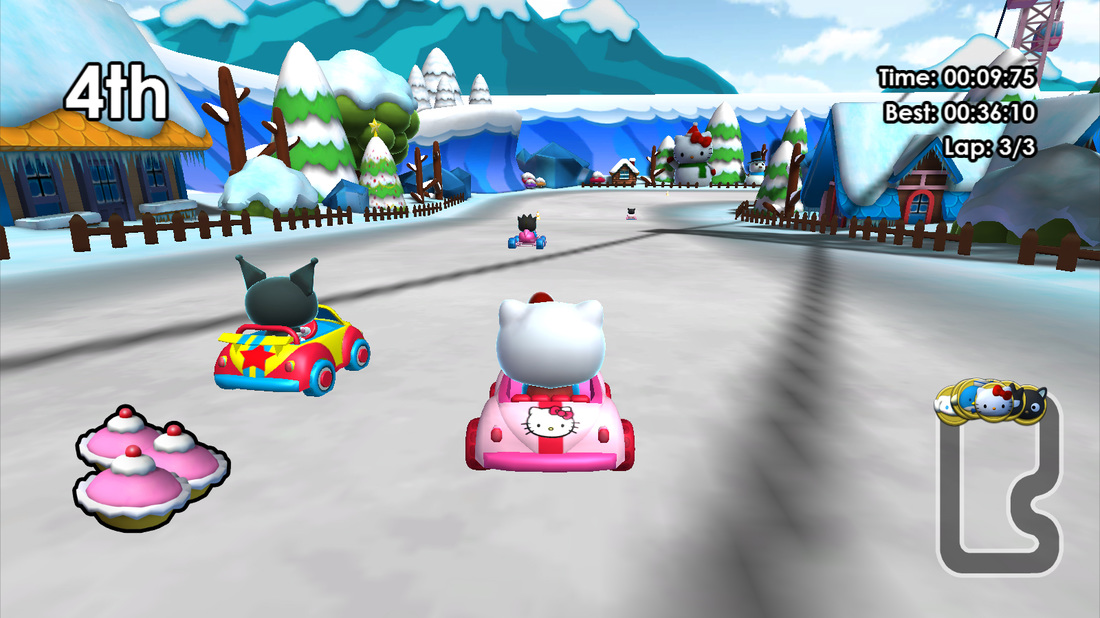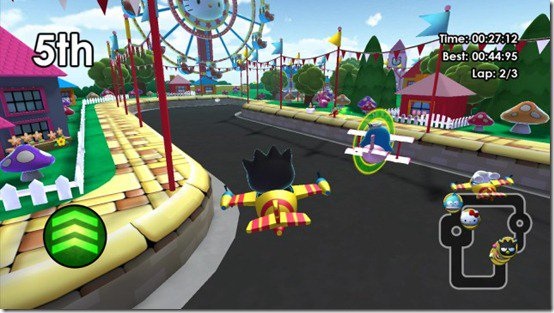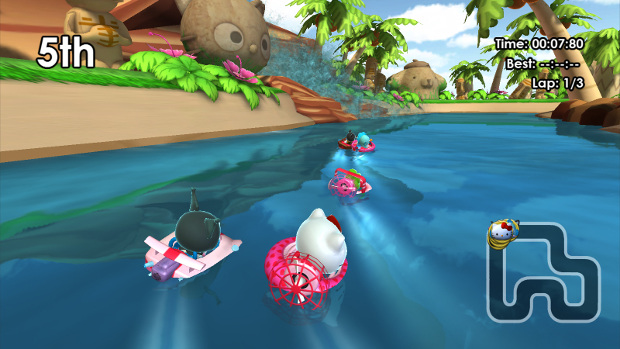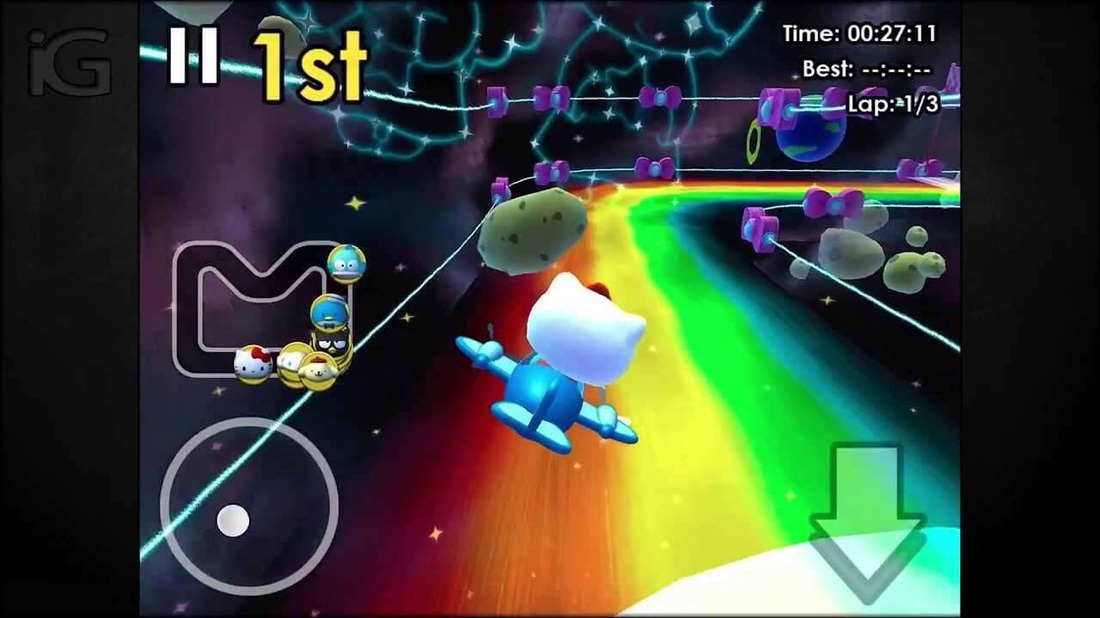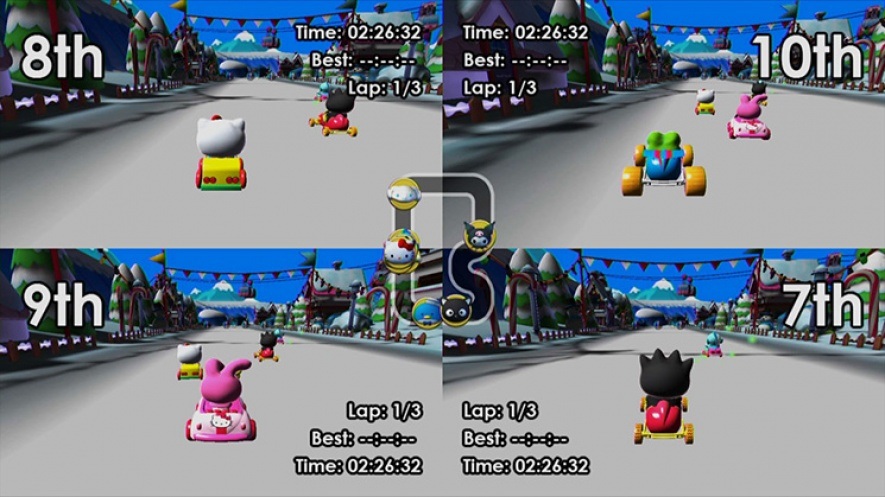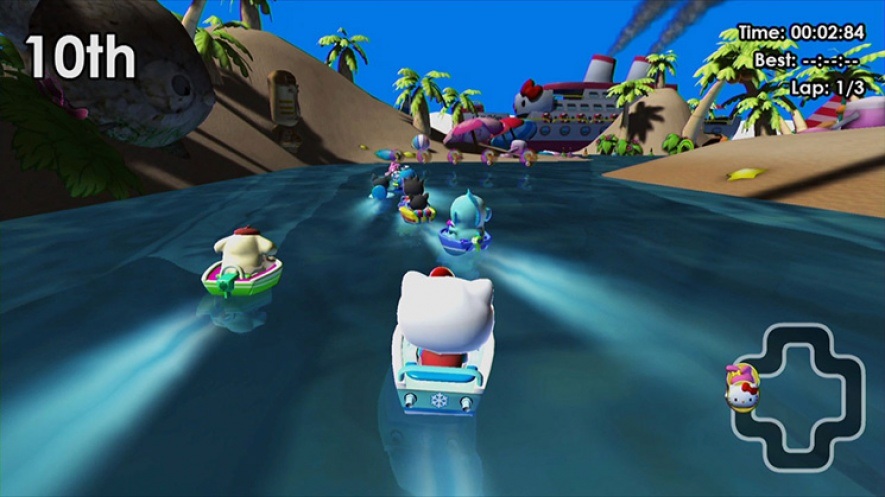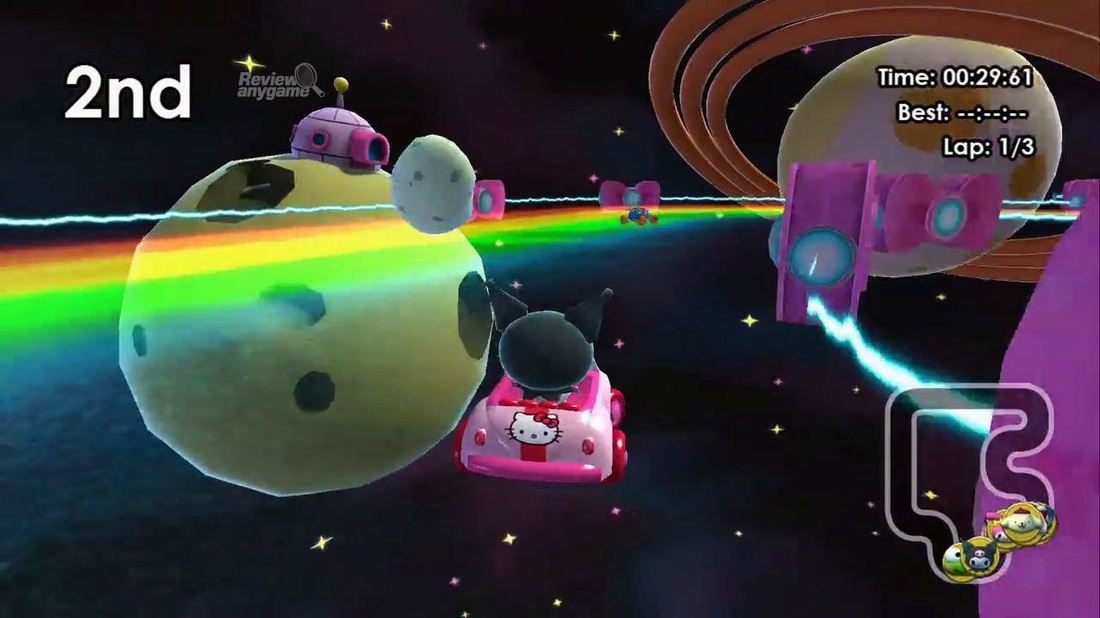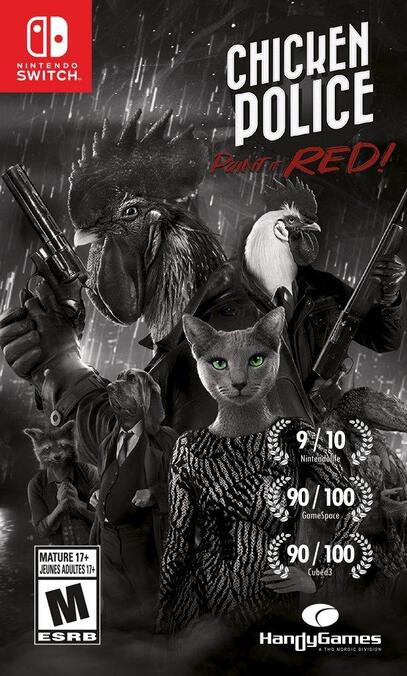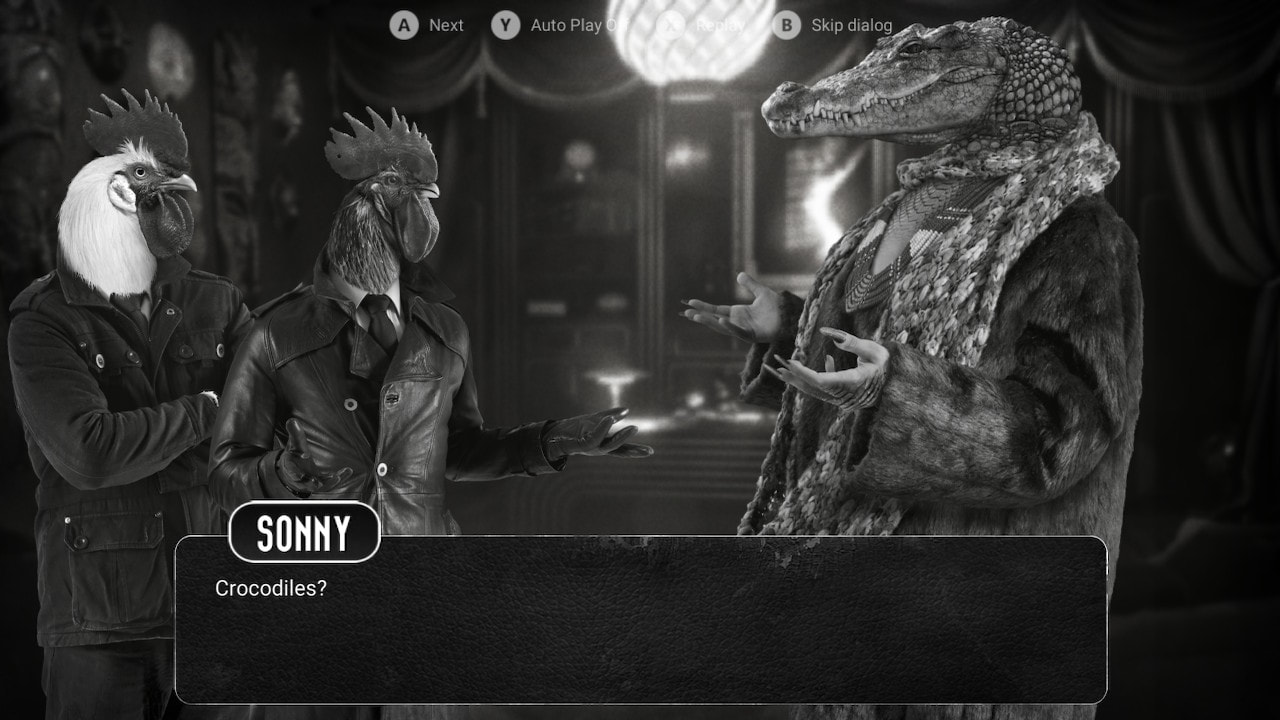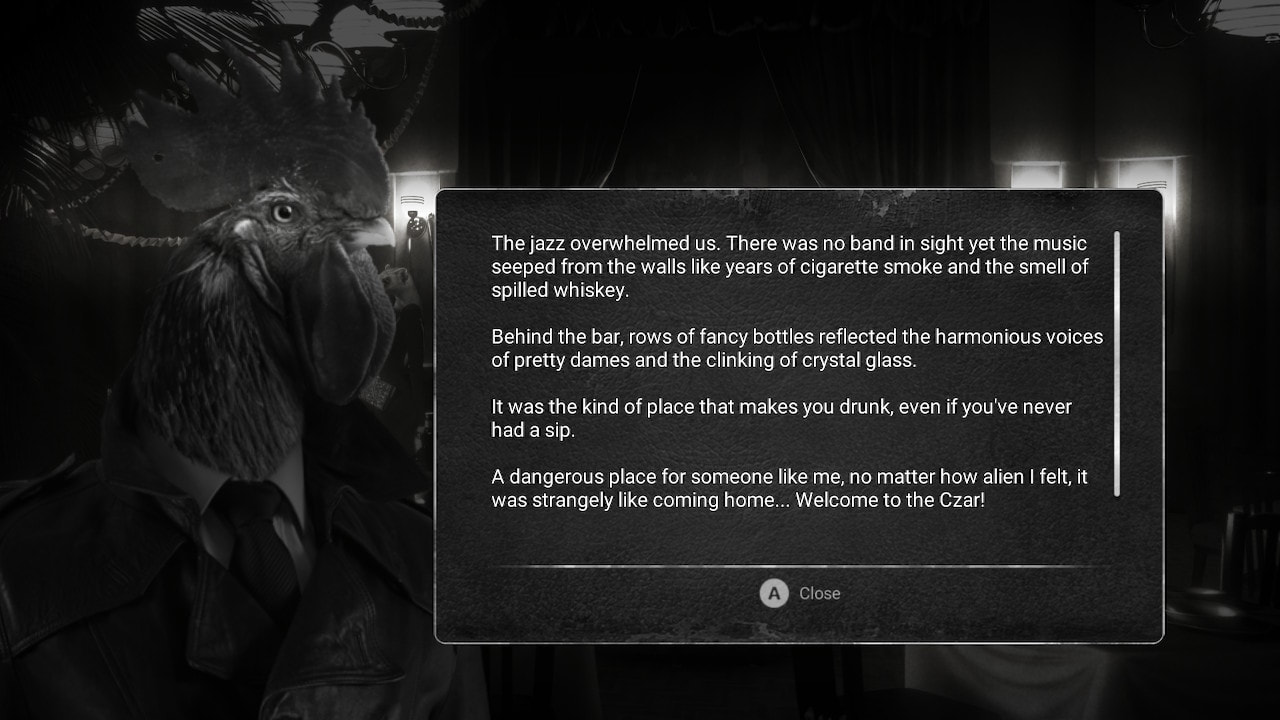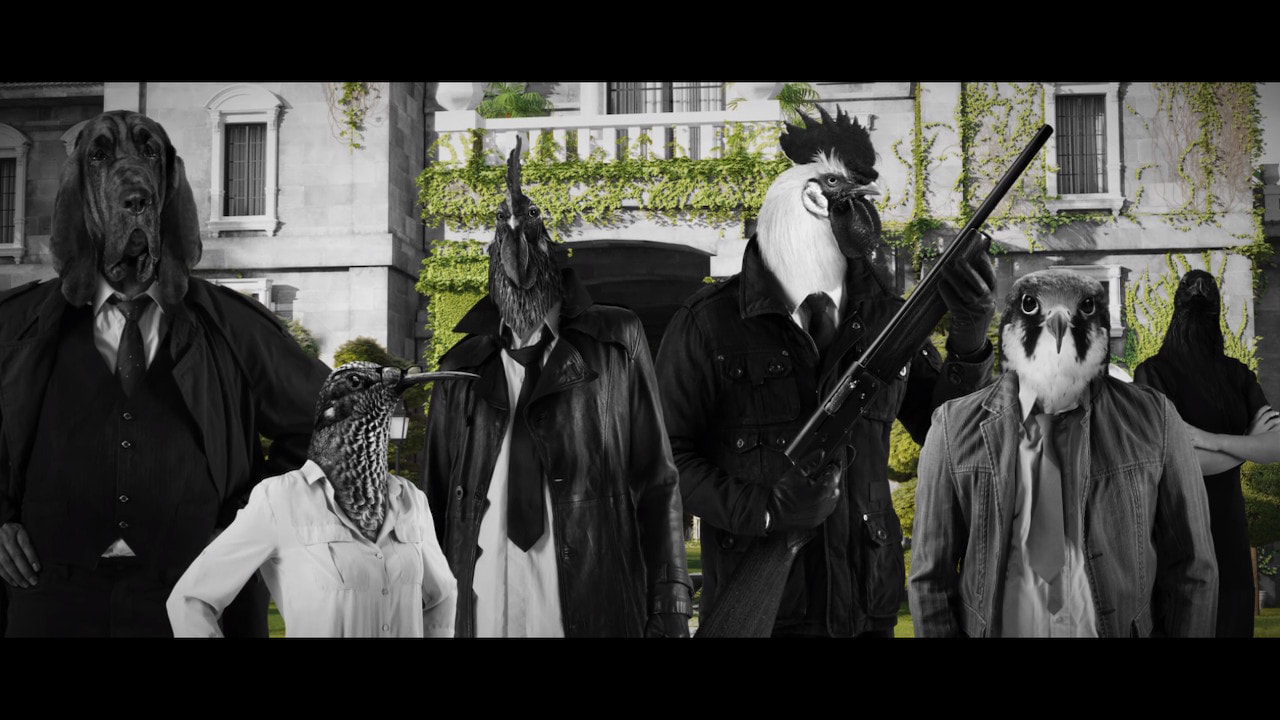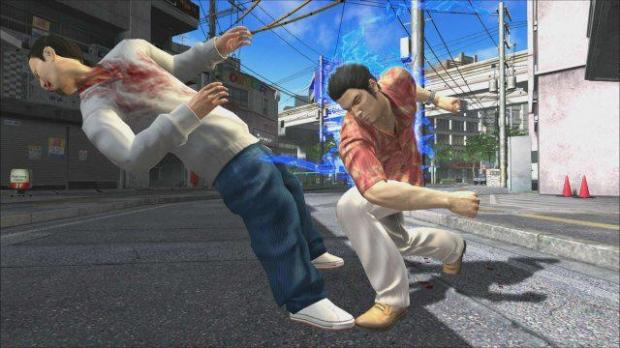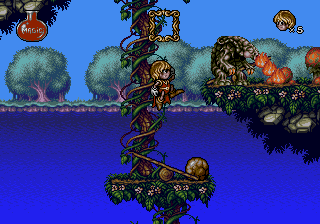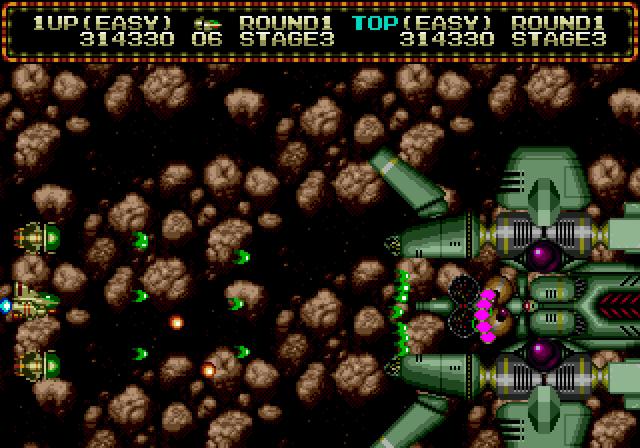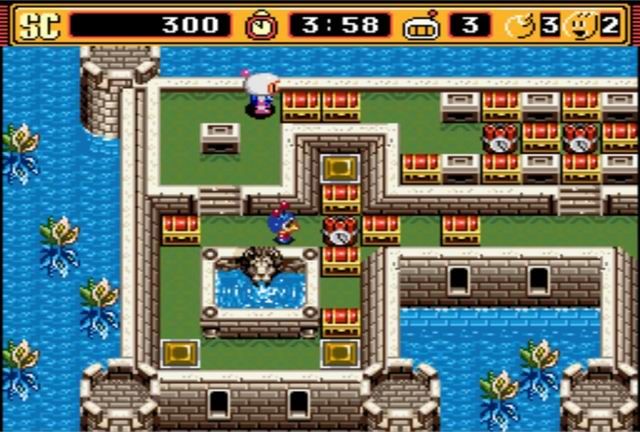Re: Games Beaten 2024
Posted: Tue Jun 11, 2024 2:53 pm
1. Chico and The Magic Orchard DX (Switch)
2. Dusk ‘82 (Switch)
3. Dusk (Switch)
4. Rock Boshers DX (Switch)
5. Metal Slug 4 (Neo Geo)
6. Bleed 2 (Switch)
7. Kid Icarus: Uprising (3DS)
8. Mighty Gunvolt Burst (3DS)
9. Love 3 (Switch)
10. Mini Mario & Friends: Amiibo Challenge (3DS)
11. Mario vs. Donkey Kong (Switch)
12. Mother 3 (GBA)
13. Princess Peach: Showtime! (Switch)
14. Avenging Spirit (Arcade)
15. Blossom Tales II (Switch)
16. The Fall of Elena Temple (Switch)
17. Finding Teddy II (Switch)
18. Animal Well (Switch)
19. Runner 3 (Switch)
Finding Teddy II is open-world action platformer designed similarly to a Shantae or Wonder Boy game. That is, it has multiple worlds, connected by a central hub, each with a “dungeon” and boss battle. As you obtain mobility upgrades, you may revisit some of the world for additional items and upgrades, but you never have to revisit the dungeons. Combat is remarkably similar to Zelda II, which has held up really well since Nintendo introduced it in 1987. The hero has a short sword with which she can execute high or low strikes, and when jumping, she can also execute upward or downward strikes. She can also block attacks with a small shield. The puzzles mostly consist of gathering clues, listening closely, and inputting a musical code similar to the classic LucasArts adventure game Loom. (Interestingly, Finding Teddy I is not an action platformer, but rather a point-and-click adventure game largely styled after Loom. Despite the genre switch, the puzzle structure carries over from Finding Teddy to Finding Teddy II largely intact.) The whole game is permeated by a sad, mysterious atmosphere, and the faux 16-bit sprite work is excellent. Overall, I enjoyed Finding Teddy II, even if a few of the secrets are too well-hidden and despite a lack of enemy variety causing the game to drag a bit at times. It didn’t hold my hand, but respected my time, and I appreciated its fair challenge. Recommended.
Animal Well is a brilliant game. It is an open-world puzzle platformer that scrolls one screen at a time, much like its micro-computer puzzle platformer predecessors. While there’s plenty of platforming, there’s no combat…which is replaced entirely with enigmas, mysteries, and puzzles. There are so, so many puzzles. Discrete puzzles; puzzles within puzzle; multi-screen puzzles; logic puzzles, physics puzzles…just so many puzzles…all wrapped in a mystery…within an enigma. Mostly, getting through the game involves exploring (literally) every nook and cranny on the game’s expansive map, experimenting, using your meager tools in creative ways, carefully observing your environment, and taking copious notes on the clues hidden throughout the game. There’s also some pretty precise, challenging platforming, and a few intense chase sequences. (In short, it’s tough and occasionally exasperating.). The game takes place in a uniquely uncanny environment - a cave/well full on animal ghosts - and it features no music, further adding to the atmosphere. I loved it, and the game is wholly deserving of its accolades and status as an early GOTY contender. Highly recommended.
Runner 3 is the third game in the “Runner” series, which split off from the earlier Bit.Trip series. As the name implies, Runner 3 is an auto-runner, and in it, you play as Commander Video, Commandgirl Video (or one of the various guest or hidden characters) running, jumping, and sliding through various levels. (It’s an auto-runner, not an infinite runner.) The game also mixes in some new mechanics such as riding on a small plane, driving a go-cart, minecarts, etc. The running never stops, but the perspective and controls shift a bit. From a difficulty perspective, the game picks up right where Runner 2 dropped off, making it, perhaps, the most difficult game in the Runner series. (I bounced off it pretty hard when I first picked it up a last year, which was almost a decade after I beat Runner 2. After a bit of practice this time. though, I got back in the groove pretty quickly.). Despite a steep learning curve, however, the game offers a host of difficulty options, optional content, completion goals, etc., making it also the most accessible game in the Runner series. I respect that, and while I challenged myself to complete the game entirely, i had to turn the difficulty down to get through the game’s “impossible” levels - the difficulty’s right there in the title! - and even then, I gave up trying to get the the last few collectible diamonds on those levels. In short, Runner 3 is a very well-designed game with hours of content backing a simple mechanics. (I forgot to mention that each level features branching paths, hidden collectibles, and side quests, and I also forgot to mention that there’s an extra “retro” game hidden within Runner 3 that plays like a traditional platformer…so…a lot to do.). It features pure “twitch” gameplay that fees great when you get the hang of it. While I didn’t enjoy it quite as much as its predecessors, it was still a good time that I’m happy to recommend to anyone.
2. Dusk ‘82 (Switch)
3. Dusk (Switch)
4. Rock Boshers DX (Switch)
5. Metal Slug 4 (Neo Geo)
6. Bleed 2 (Switch)
7. Kid Icarus: Uprising (3DS)
8. Mighty Gunvolt Burst (3DS)
9. Love 3 (Switch)
10. Mini Mario & Friends: Amiibo Challenge (3DS)
11. Mario vs. Donkey Kong (Switch)
12. Mother 3 (GBA)
13. Princess Peach: Showtime! (Switch)
14. Avenging Spirit (Arcade)
15. Blossom Tales II (Switch)
16. The Fall of Elena Temple (Switch)
17. Finding Teddy II (Switch)
18. Animal Well (Switch)
19. Runner 3 (Switch)
Finding Teddy II is open-world action platformer designed similarly to a Shantae or Wonder Boy game. That is, it has multiple worlds, connected by a central hub, each with a “dungeon” and boss battle. As you obtain mobility upgrades, you may revisit some of the world for additional items and upgrades, but you never have to revisit the dungeons. Combat is remarkably similar to Zelda II, which has held up really well since Nintendo introduced it in 1987. The hero has a short sword with which she can execute high or low strikes, and when jumping, she can also execute upward or downward strikes. She can also block attacks with a small shield. The puzzles mostly consist of gathering clues, listening closely, and inputting a musical code similar to the classic LucasArts adventure game Loom. (Interestingly, Finding Teddy I is not an action platformer, but rather a point-and-click adventure game largely styled after Loom. Despite the genre switch, the puzzle structure carries over from Finding Teddy to Finding Teddy II largely intact.) The whole game is permeated by a sad, mysterious atmosphere, and the faux 16-bit sprite work is excellent. Overall, I enjoyed Finding Teddy II, even if a few of the secrets are too well-hidden and despite a lack of enemy variety causing the game to drag a bit at times. It didn’t hold my hand, but respected my time, and I appreciated its fair challenge. Recommended.
Animal Well is a brilliant game. It is an open-world puzzle platformer that scrolls one screen at a time, much like its micro-computer puzzle platformer predecessors. While there’s plenty of platforming, there’s no combat…which is replaced entirely with enigmas, mysteries, and puzzles. There are so, so many puzzles. Discrete puzzles; puzzles within puzzle; multi-screen puzzles; logic puzzles, physics puzzles…just so many puzzles…all wrapped in a mystery…within an enigma. Mostly, getting through the game involves exploring (literally) every nook and cranny on the game’s expansive map, experimenting, using your meager tools in creative ways, carefully observing your environment, and taking copious notes on the clues hidden throughout the game. There’s also some pretty precise, challenging platforming, and a few intense chase sequences. (In short, it’s tough and occasionally exasperating.). The game takes place in a uniquely uncanny environment - a cave/well full on animal ghosts - and it features no music, further adding to the atmosphere. I loved it, and the game is wholly deserving of its accolades and status as an early GOTY contender. Highly recommended.
Runner 3 is the third game in the “Runner” series, which split off from the earlier Bit.Trip series. As the name implies, Runner 3 is an auto-runner, and in it, you play as Commander Video, Commandgirl Video (or one of the various guest or hidden characters) running, jumping, and sliding through various levels. (It’s an auto-runner, not an infinite runner.) The game also mixes in some new mechanics such as riding on a small plane, driving a go-cart, minecarts, etc. The running never stops, but the perspective and controls shift a bit. From a difficulty perspective, the game picks up right where Runner 2 dropped off, making it, perhaps, the most difficult game in the Runner series. (I bounced off it pretty hard when I first picked it up a last year, which was almost a decade after I beat Runner 2. After a bit of practice this time. though, I got back in the groove pretty quickly.). Despite a steep learning curve, however, the game offers a host of difficulty options, optional content, completion goals, etc., making it also the most accessible game in the Runner series. I respect that, and while I challenged myself to complete the game entirely, i had to turn the difficulty down to get through the game’s “impossible” levels - the difficulty’s right there in the title! - and even then, I gave up trying to get the the last few collectible diamonds on those levels. In short, Runner 3 is a very well-designed game with hours of content backing a simple mechanics. (I forgot to mention that each level features branching paths, hidden collectibles, and side quests, and I also forgot to mention that there’s an extra “retro” game hidden within Runner 3 that plays like a traditional platformer…so…a lot to do.). It features pure “twitch” gameplay that fees great when you get the hang of it. While I didn’t enjoy it quite as much as its predecessors, it was still a good time that I’m happy to recommend to anyone.

